- New ride: This spring, Asheville Transit purchased five new hybrid diesel-electric buses. The city hopes to have two more on the road by 2013. Photos by Jonathan Welch
- Mapping the future: City planners have been poring over maps and ridership data, tweaking new routes and schedules to try to make the transit system better. Pictured here (from left to right): Transportation Director Ken Putnam, Planning Manager Mariate Echeverry and Transit Projects Coordinator Yuri Koslen
- Cause for concern: Johnnie Gadson says he was riding a bus through the A-B Tech campus April 27 when bus driver Samuel Dewayne Holloway was pulled over for reckless driving. Gadson claims his wife was severely injured two weeks earlier, after a bus driver failed to strap her wheelchair in properly. Photo by Jake Frankel
- Detrick Morgan, West Asheville
- I think everything's messed up; the changes are messed up. The change of the name, the change of the routes, all that. … Ain't nothing wrong with the name Asheville Transit. I prefer how it was four or five years ago. It was on time. And they did things accurately, the way it was supposed to be. Photos by Jonathan Welch
- Sabrina Black, Pisgah View
Amid tough budgets, significant safety issues and rising fuel costs, Asheville Transit is rolling into summer with a major tuneup. The system is poised to announce new routes, schedules and other changes designed to improve performance, convenience and safety. In tandem, the city will launch a marketing campaign aimed at touting the transition and luring new riders, starting with a name change from ATS to ART (Asheville Redefines Transit).
The makeover marks the initial phase of implementing the city's Transit Master Plan. Endorsed by City Council in October 2009, the proposal was developed over the course of two years by consultants HDR Inc. of the Carolinas, assisted by city staff, a steering committee and several well-attended public-input sessions. By 2020, the plan calls for dramatic improvements: expanding the bus fleet from 21 to 46, offering Sunday service, having buses run every 15 minutes on main corridors, and building new transfer stations outside downtown.
But with government at all levels seriously strapped, the funding for those ambitious steps hasn't yet materialized. Still, the adjustments on tap for this summer represent a huge leap forward, advocates say.
“With the changes coming out, we're going to have a system that works," notes Asheville Transit Commission Chair Paul Van Heden. “It won't be perfect, because it's underfunded. But at least now there will be a comprehensive system, and we can start rallying around that."
Transit(ion)
On April 27, 2010, City Council authorized staff to implement some of the more feasible aspects of the master plan. Since then, Transportation Planning Manager Mariate Echeverry, Transit Projects Coordinator Yuri Koslen and others have been poring over maps and ridership data, tweaking routes and schedules. They've also continued to solicit feedback from system users, drivers and neighborhood groups as part of an ongoing "process of identifying all the things we can do to make the transit system better," Echeverry explains. The result, says Koslen, is "a new skeleton on which we can build a stronger system."
And though many details are still being finalized, Koslen reports that buses will run every 30 minutes (instead of hourly) on the system's most-used corridors: Haywood Road, Patton Avenue, Merrimon Avenue, Biltmore Avenue and Tunnel Road. Planners have also found ways to eliminate the gaps between day and evening service, which creates “dead zones” of up to two hours on some routes. "It's confusing, and it's not convenient," says Echeverry.
Another key issue is making buses run on time, a sore point with riders for decades. A 2008 study of 23 routes assigned nine of them F grades and four of them D's for on-time performance; only one earned an A.
"If you look at that chart, it's absolutely pathetic," Van Heden declares. "How are you supposed to maintain a job? How are you supposed to make sure your kid got picked up?"
One strategy for improving punctuality is streamlining the system by eliminating deviations from the main routes into shopping malls and apartment complexes. But those plans have sparked concerns by residents who may now have to walk farther to the closest bus stop, Echeverry concedes. Details haven't yet been released, and Council member Gordon Smith, the liaison to the Transit Commission, assures residents of public-housing developments such as Pisgah View and Hillcrest that they'll still receive service. "It's on a case-by-case basis," he explains, adding, "Some folks are going to have to go one-eighth of a mile to catch the bus, rather than it coming to their front door."
Koslen, however, hints at more significant changes, noting, "The national standard of having a stop within one-quarter of a mile is the generally accepted walking distance. With some of the changes we've made, people will have to rely more on the pedestrian network to get to the bus."
That’s bad news for Ember Ryan, a disabled rider who lives in The Meadows Apartments in West Asheville. “I planned on living here because they told me the bus comes into the complex. If I had had any inkling whatsoever that these changes would be made, I would’ve moved somewhere else, probably closer to downtown.”
She also worries about her children crossing the Leicester Highway to get to the bus stop. “I'm terrified that they're going to get hit by someone not paying attention,” says Ryan. Continuing safety concerns have plagued the transit system (see sidebar, “Safety First?”).
The system’s Dial-a-Ride service is also on the chopping block: Not enough people were taking advantage of that door-to-door assistance to make it worthwhile, says Echeverry, noting that other transportation services, such as Buncombe County’s Mountain Mobility, are available to serve that population.
Minimizing those kinds of detours will serve the greater good, Smith maintains: "Coming off diversions is going to help us have a system that's more reliable than it's ever been."
The city, he notes, is also ramping up its investment in sidewalks, which could help those who find themselves needing to walk farther to catch the bus. The budget for fiscal year 2012, which begins July 1, allocates more than $2.8 million for sidewalk construction and maintenance — a 94-percent increase.
Meanwhile, Norman Schenck, the transit system’s general manager, says the drivers seem supportive of the more efficient routing.
"They'll be able to keep their buses on schedule a little easier," he reports, stressing that drivers have been actively involved in the planning process. "They give us a route, then we test it for them — actually go out with a bus to make sure it'll work," Schenck explains. Then we go, 'Let's change this or that a little bit.' … Now we're in the training phase, where all the drivers are taking time on the weekends to learn what the new routes are going to be."
"Meteor full of money" needed
The biggest challenge to upgrading the system is financial, city officials say.
The 2012 spending plan does cut about $18,000 from the system’s roughly $5.2 million operating budget. But given an anticipated $600,000 drop in state funds, "remaining flat is a major achievement, and we're thankful — that allowed us to implement the plan," Van Heden explains. "City Council has bent over backward for this, because it's an economic issue. … If you can't get to your job, you're not making money. And if you're not making money, you're not paying taxes. And if you're not paying taxes, you're bringing down the entire system."
To offset the loss, the city is pitching in an additional $350,000 from the general fund, raising the total taxpayer contribution to $985,295. It's also allocating $16,000 more from parking revenues, bringing that total to $500,000. The rest of the system's budget comes from a mix of federal and state grants ($2.5 million), fares ($843,000), and a motor-vehicle license fee ($320,000).
"In terms of political will, what you've seen here at the city level is a willingness to maintain the transit budget, even while we're cutting everything else," Smith asserts.
In addition to operating costs such as fuel and salaries, the system's new budget includes $450,000 (mostly federal and state grants) for capital improvements such as installing security cameras and GPS systems on the buses, new signs at bus stops, and three new bus shelters. Sixteen additional shelters are being built with $160,000 in federal stimulus money received last year.
On another front, the city recently spent $2.6 million (mostly federal and state grant funds) to buy five new hybrid diesel-electric buses. By 2013, the system is slated to replace nine more aging buses with two hybrids and seven conventional diesel vehicles, using a mix of federal, state and local funds secured last year. The hybrids cost about $525,000, versus about $325,000 for the diesels, Schenck reports. Fuel savings make up some of that difference over time: The hybrids average about 5.7 miles per gallon, compared with about 3.7 miles per gallon for the new diesels.
Despite all these improvements, though, the city's still a long way from being able to fund the master plan’s more ambitious components, says Smith.
"I would love to have some dramatic meteor full of money come and hit us," he says with a laugh. "But in the absence of that, continually being able to restructure toward this end goal of a comprehensive system is where it's at."
Ride the ART?
Supporting all these changes is a $150,000 marketing campaign (developed by consultant UrbanTrans and funded mostly by a federal grant) that aims to revamp the system’s image in the public's mind. Besides the new name, the makeover will include a new logo, maps, website and more — all designed to improve the system's brand while boosting ridership.
"We told UrbanTrans to push the envelope," Van Heden reports. "This is a different type of community, and we wanted to reflect that; they came back with ART. I love the logo; I love what they're doing," he declares.
Van Heden feels the city has come a long way since 2009, when he was laid off as the transit system’s marketing director due to budget constraints.
"My budget was exactly zero dollars and zero cents. If I had to copy something, I was told to be careful on the color ink. I couldn't do jack squat, other than write press releases. … I was ready to do all this stuff and couldn't do it," he recalls. "It was like Christmas for me when I found out the city of Asheville was going to go ahead and implement a marketing plan."
The master plan calls for a sustained marketing effort to build public and political support for its bigger recommendations. At the moment, however, it's unclear where that additional funding might come from.
Meanwhile, advocates hope the initial improvements — paired with rising gas prices — will lure new, perhaps more upscale riders without alienating longtime system users. During the 2010 fiscal year, the system delivered about 1.5 million rides, serving about 5,000 people per day, Schenck reports. According to the master plan, about 48 percent of current riders earn less than $10,000 a year, and for 68 percent, the bus is their only means of transportation.
Van Heden believes the upcoming changes will benefit those folks as well as the ones with more choices.
"Now, we have a bus system for people who really can't drive anymore. That’s very different than … actual transportation infrastructure," he explains. "So we're redefining the system to actually be transportation infrastructure, rather than just an afterthought for the disabled. It will actually be significantly better for the disabled and disadvantaged, because right now, you can't really rely on the buses to get from point A to point B in a timely manner."
Smith concurs, adding that attracting more riders “will speak to a need to continue to improve the program. This is going to make the buses stand out and help people recognize, 'Oh my gosh, there's another way for me to get around this city.'"
Coming together?
Van Heden hopes the increased visibility will lead to better funding, perhaps through a dedicated local tax.
"City Council has done everything they can do politically to fund it and make that master plan come together. Now the community has to come together," he asserts. "Everyone's talking about cuts, cuts, cuts, but at the same time, Ashevilleans want decent public transit. So we need to show our elected leaders that we're willing to invest in something that will help everyone. … You say, 'I want a bus to come to my neighborhood because I'm tired of paying high gas prices.' Are you willing to pay a little extra tax to make that happen?"
A 2009 state law allows counties to raise money for mass transit by asking voters to approve a 0.25-cent sales-tax increase. In Buncombe County, that would generate about $7.2 million per year for the city and county transit systems, the master plan notes. A similar referendum on capital-improvement funds for A-B Tech is already scheduled for this November.
To date, the city hasn't asked the county to pursue such a move. Smith, however, says, "If it turns out there's a public will toward a sales tax or something along those lines, I'd certainly entertain it."
Other Tar Heel cities have already gone that route, notes Paul Black, director of the French Broad River Metropolitan Planning Organization, a regional partnership that helps prioritize transportation projects and secure federal funds. Funding for public transit, he warns, is getting "slashed left and right" in Congress, adding, "It's a very road-friendly environment right now."
Both Black and Van Heden point to Mecklenburg County, which levied a 0.5-cent sales tax in 1999. That enabled Charlotte to overhaul its transit system, which then "completely exceeded ridership expectations," Black reports. He also cites studies showing that to lure significant numbers of new riders, buses need to run about every 15 minutes — a tough goal for Asheville.
Despite those challenges, advocates say they're pleased to see things rolling in the right direction. Smith says he's particularly excited about current efforts to better coordinate the Transit Master Plan with the city’s pedestrian and bicycle plans. "We're not dealing with these things in silos any more," he notes. "There's an understanding that we're on a long road toward an integrated system."
Van Heden, meanwhile, maintains: "There's no reason why Asheville can't have an epic transit system. We're fairly dense; people in the city live closest to the core. Our roads are based on the old trolley system. It's just a matter of political will."
— Jake Frankel can be reached at 251-1333, ext. 115, or at jfrankel@mountainx.com.


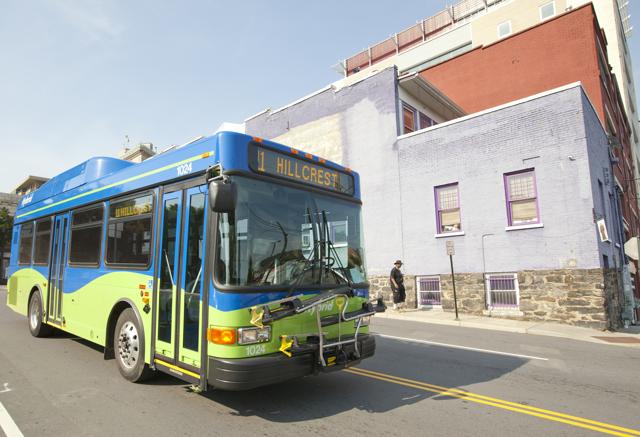
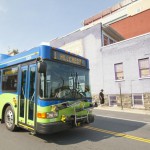
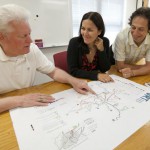

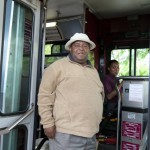

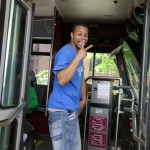


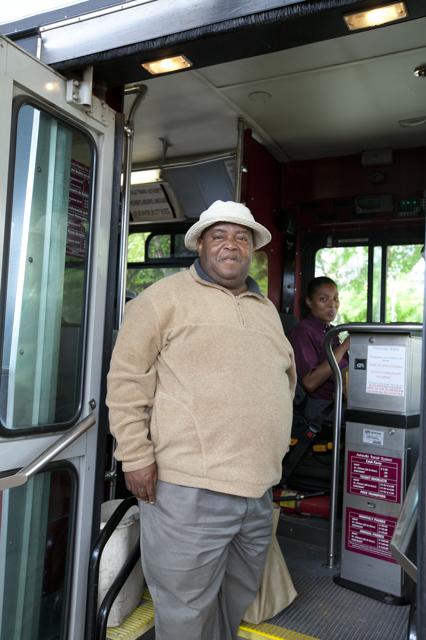
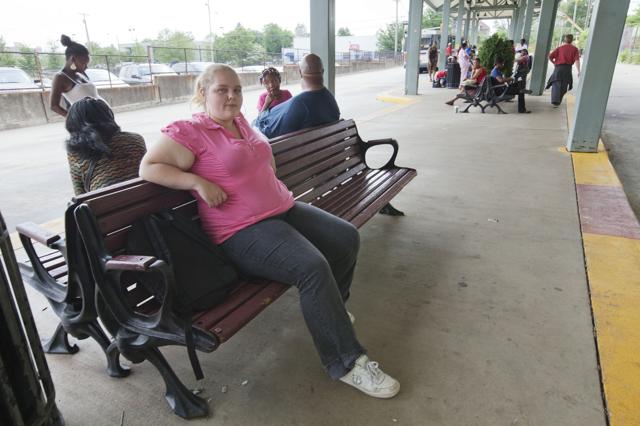
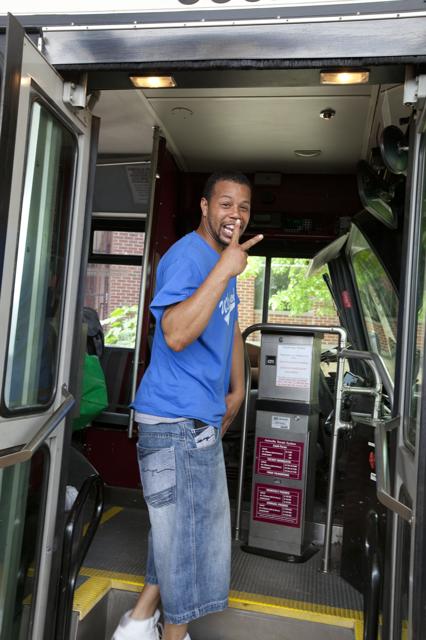
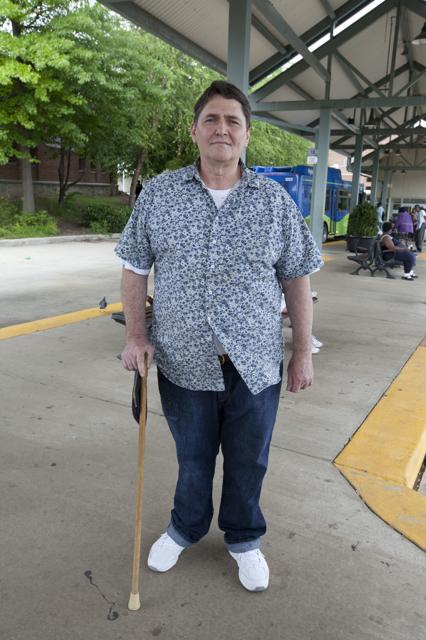
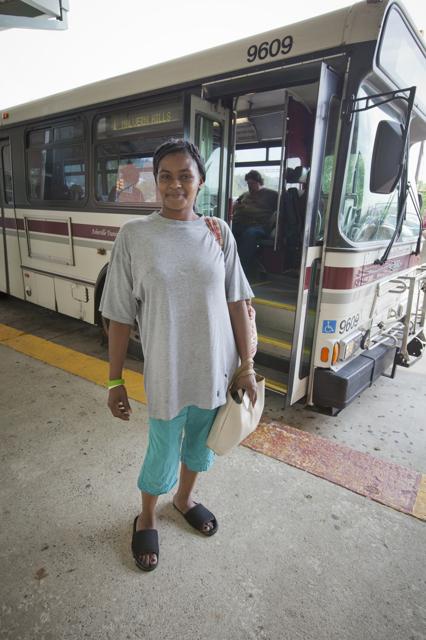
Good story.
Um,
The comparison to Charlotte is a little unfair, as they have light rail, a much more substantial investment than we have in Asheville.
You can tell Paul loves politics – everything is about “political will” and taxes. It’s too bad Paul doesn’t appreciate that people are already paying more – in gas costs, inflation, and many face depleted savings – and now he wants people to pay even more for new transit methods when the ATS has been bleeding money for years?
I’m glad this is a 10 year plan so we can pull out if we start losing even more money.
as far as the bus driver safety training goes the smith system is an 8-hour course, 4 in class room and 4 on the road (driving) i know this because i’ve taken the course in a city bigger than asheville. you cant split the course , like two hours here and two hours there! alot of co. in asheville use this smith system the right way, with great results. the class changed the way i look at driving. “aim high in steering”.